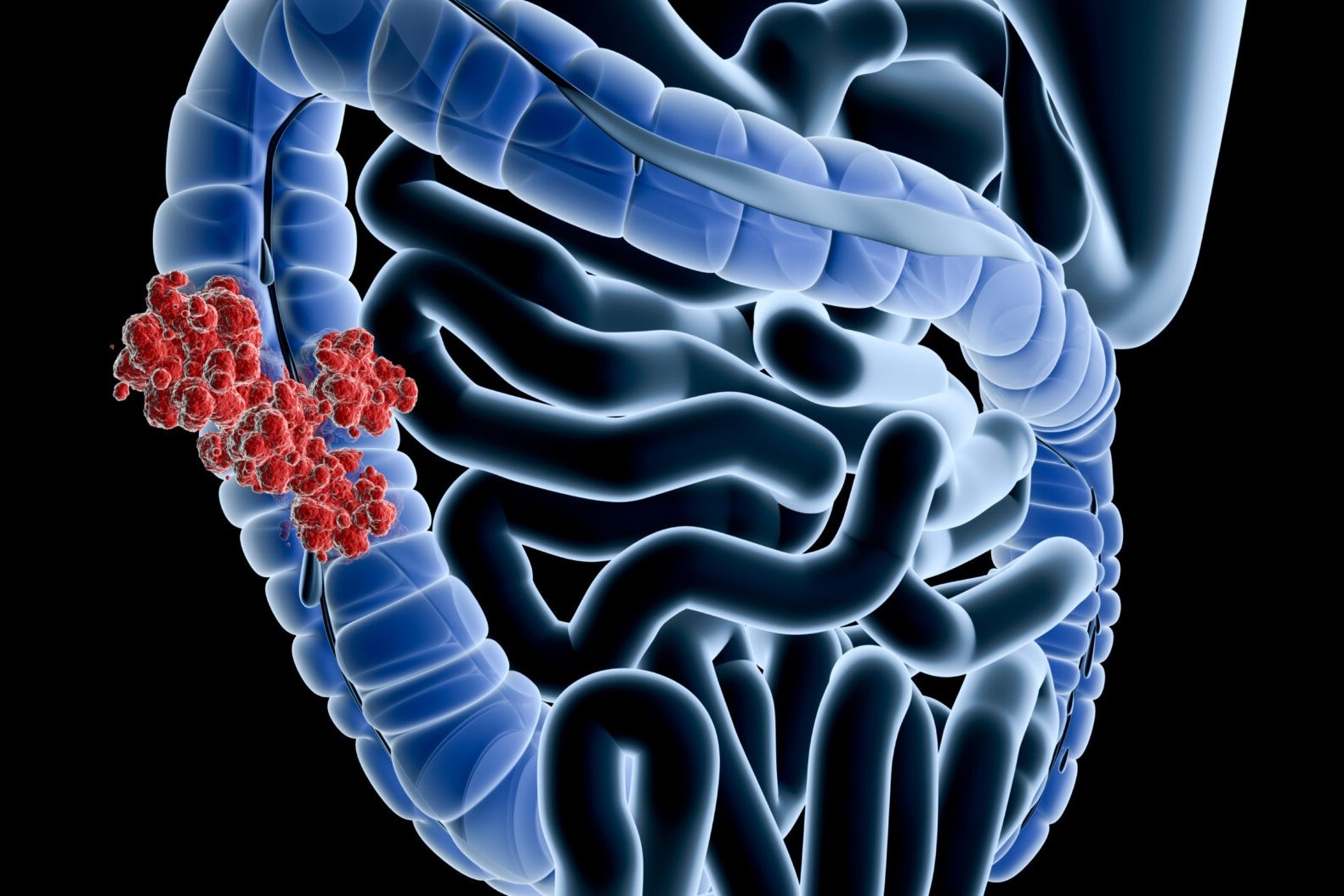
What is a hemicolectomy? A hemicolectomy is a surgical procedure where part of the colon is removed. This operation is often necessary to treat conditions like colon cancer, Crohn's disease, or severe diverticulitis. During the surgery, the affected section of the colon is taken out, and the remaining parts are reconnected to ensure normal digestive function. Recovery from a hemicolectomy can vary, but it typically involves a hospital stay followed by several weeks of rest at home. Understanding the reasons for this surgery, the process, and the recovery can help patients and their families feel more prepared and less anxious. Let's dive into 27 essential facts about hemicolectomy to give you a comprehensive overview.
What is a Hemicolectomy?
A hemicolectomy is a surgical procedure where part of the colon is removed. It's often performed to treat conditions like cancer, Crohn's disease, or severe diverticulitis. Let's dive into some interesting facts about this medical procedure.
-
Hemicolectomy can be either right-sided or left-sided, depending on which part of the colon is affected.
-
The procedure typically involves removing the diseased portion of the colon and reattaching the healthy ends.
-
Laparoscopic hemicolectomy is a minimally invasive option that uses small incisions and a camera to guide the surgery.
-
Recovery time can vary, but most patients stay in the hospital for about 5 to 7 days post-surgery.
Reasons for Hemicolectomy
Understanding why someone might need a hemicolectomy can shed light on the importance of this procedure.
-
Colon cancer is one of the most common reasons for a hemicolectomy.
-
Crohn's disease, a chronic inflammatory bowel disease, may necessitate this surgery if medication fails.
-
Diverticulitis, which involves inflamed pouches in the colon, can also lead to a hemicolectomy.
-
Polyps that are too large or numerous to be removed during a colonoscopy might require surgical intervention.
The Surgical Process
The steps involved in a hemicolectomy are intricate and require precision.
-
Preoperative preparation includes fasting and bowel cleansing to reduce infection risk.
-
Anesthesia is administered to ensure the patient is unconscious and pain-free during the procedure.
-
Surgeons make an incision in the abdomen to access the colon.
-
The diseased section of the colon is carefully removed.
-
The remaining sections of the colon are reconnected, a process known as anastomosis.
Post-Surgery Recovery
Recovery from a hemicolectomy involves several stages and careful monitoring.
-
Pain management is crucial, often involving medications to keep the patient comfortable.
-
Dietary changes are necessary, starting with liquids and gradually reintroducing solid foods.
-
Physical activity is encouraged to prevent complications like blood clots, but it must be done gradually.
-
Follow-up appointments are essential to monitor healing and address any complications.
Potential Complications
Like any surgery, a hemicolectomy carries risks that patients should be aware of.
-
Infection is a common risk, especially at the incision site.
-
Bleeding can occur during or after the surgery.
-
Anastomotic leakage, where the reconnected colon sections leak, is a serious complication.
-
Bowel obstruction might happen if scar tissue forms and blocks the intestines.
Long-Term Outlook
The long-term outlook for hemicolectomy patients can be positive, especially with proper care and monitoring.
-
Many patients experience improved quality of life after recovering from the surgery.
-
Regular screenings are important to catch any recurrence of disease early.
-
Diet and lifestyle changes can help maintain colon health and prevent future issues.
-
Support groups and counseling can provide emotional support during recovery.
Interesting Facts
Here are some additional tidbits about hemicolectomy that you might find fascinating.
-
The term "hemicolectomy" comes from the Greek words "hemi" (half) and "kolon" (colon).
-
Advances in robotic surgery are making hemicolectomies more precise and less invasive.
Final Thoughts on Hemicolectomy
Hemicolectomy is a significant surgical procedure often used to treat colon cancer, diverticulitis, and other serious conditions. Understanding the recovery process, potential complications, and lifestyle changes post-surgery can help patients and their families prepare better. It's crucial to follow your doctor's advice, maintain a healthy diet, and attend follow-up appointments to ensure a smooth recovery. While the surgery might sound daunting, many patients return to their normal lives with improved health. Always consult with your healthcare provider for personalized advice and support. Knowledge is power, and being informed about what to expect can make the journey less stressful. Remember, every patient's experience is unique, so stay positive and proactive in your care.
Was this page helpful?
Our commitment to delivering trustworthy and engaging content is at the heart of what we do. Each fact on our site is contributed by real users like you, bringing a wealth of diverse insights and information. To ensure the highest standards of accuracy and reliability, our dedicated editors meticulously review each submission. This process guarantees that the facts we share are not only fascinating but also credible. Trust in our commitment to quality and authenticity as you explore and learn with us.
